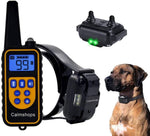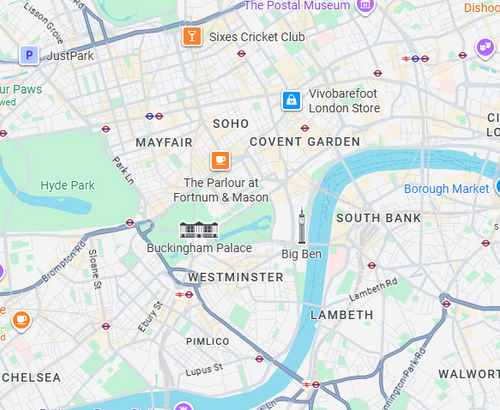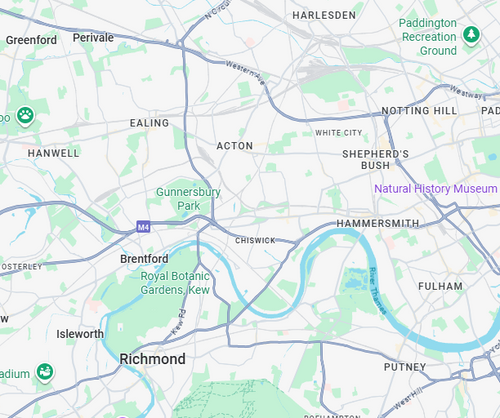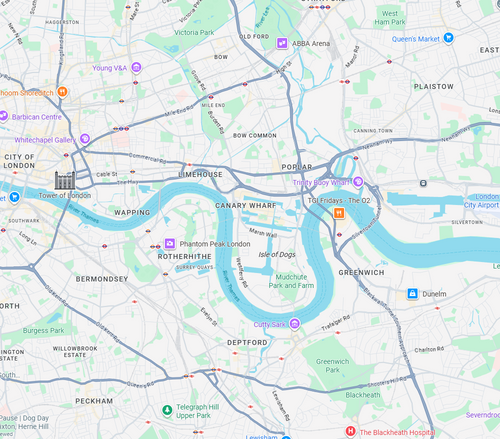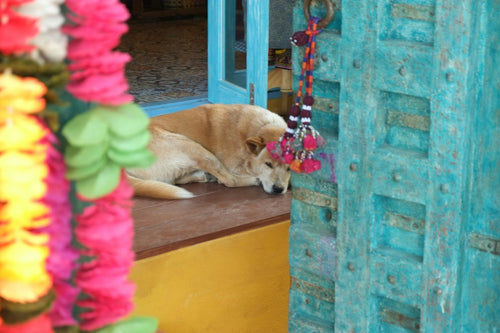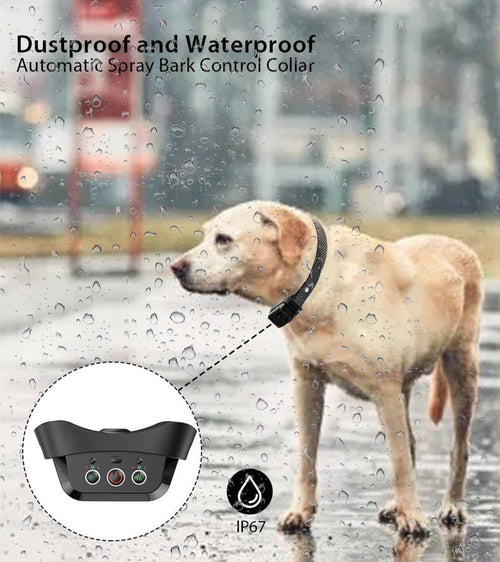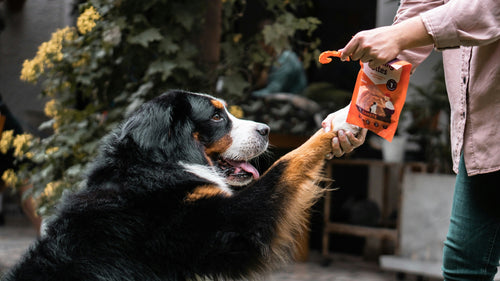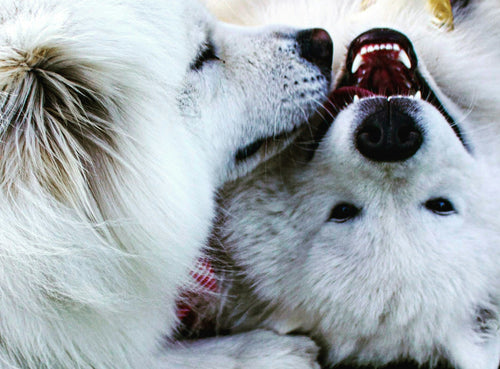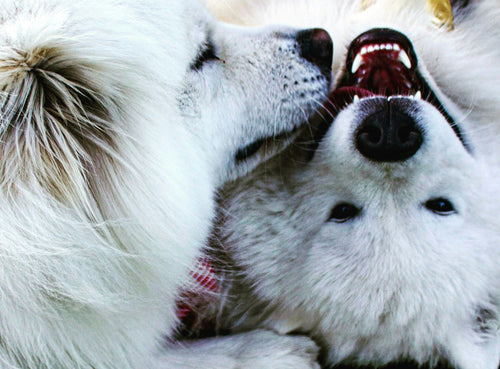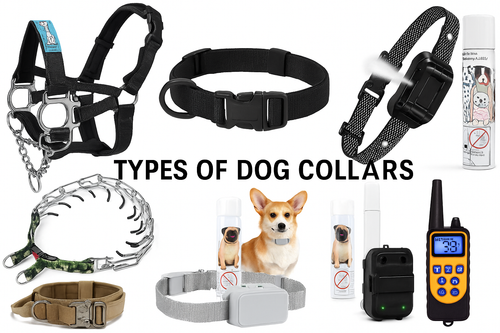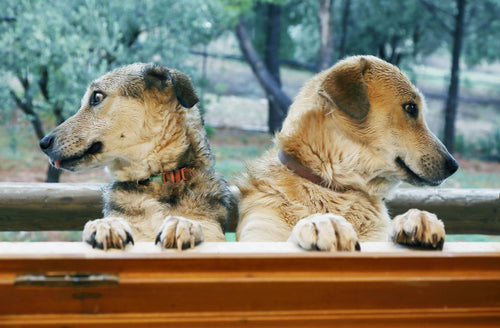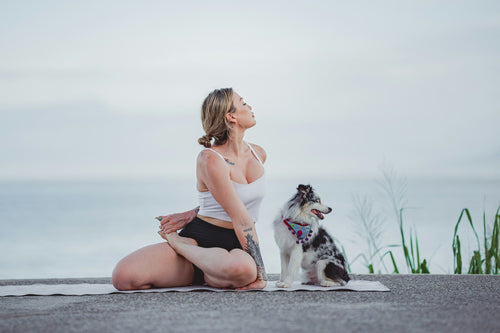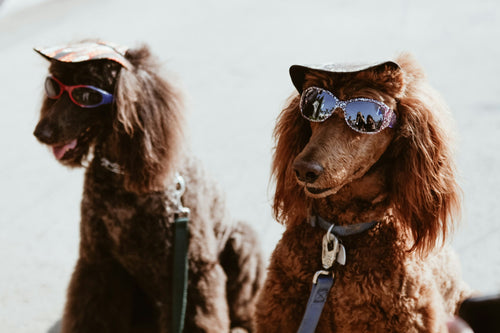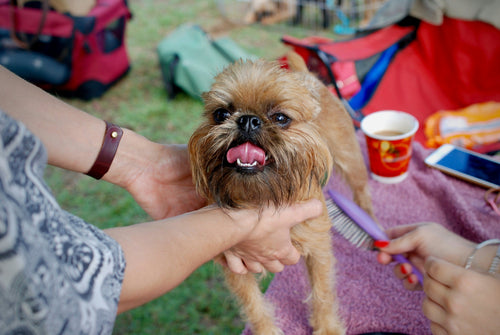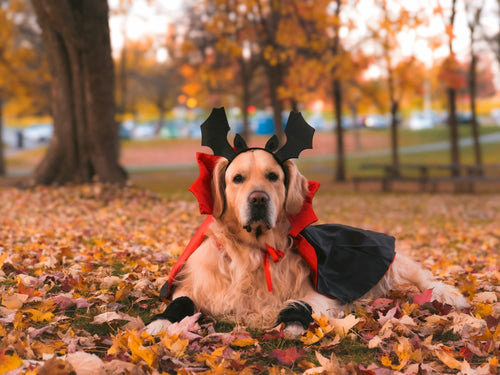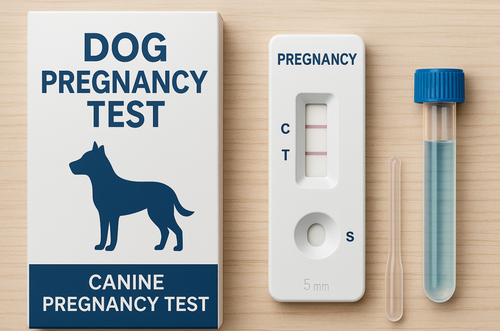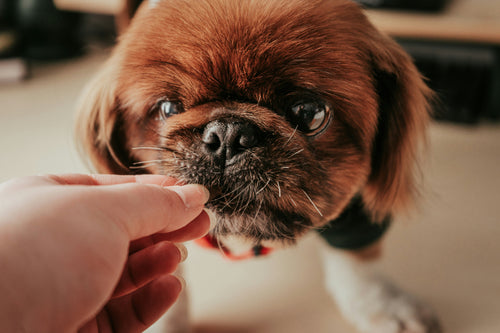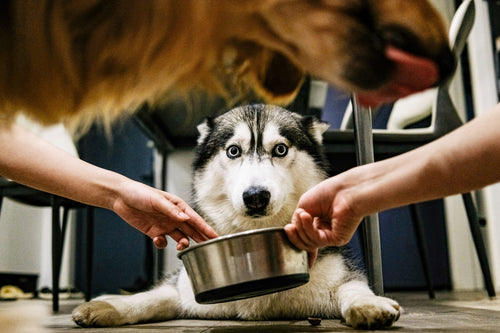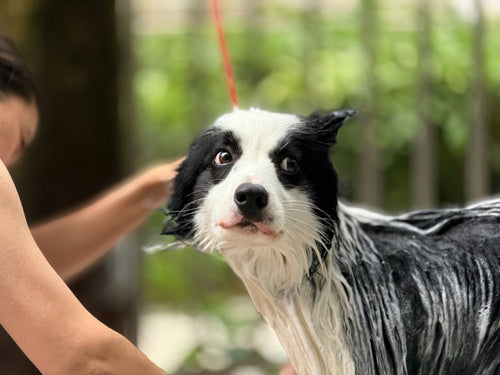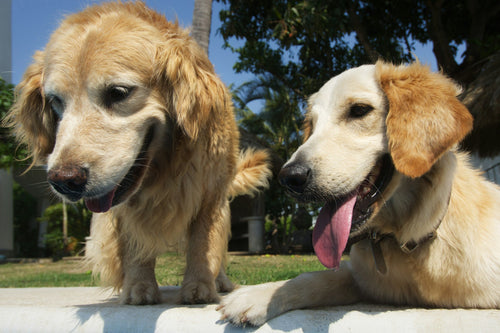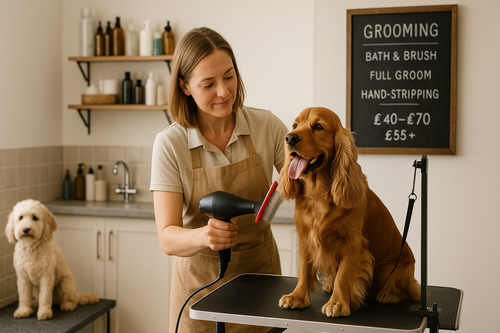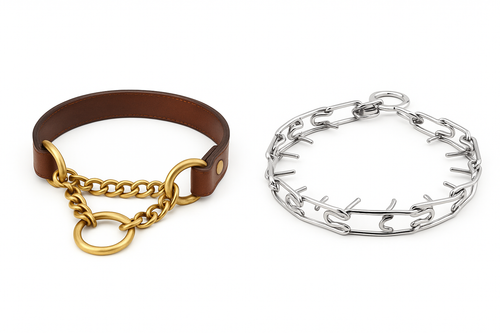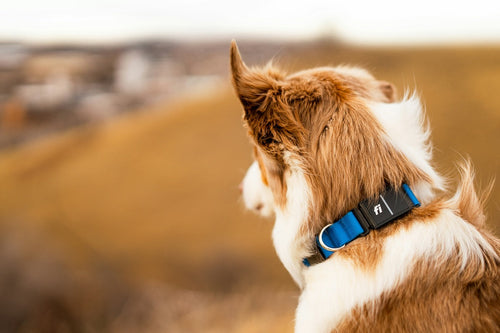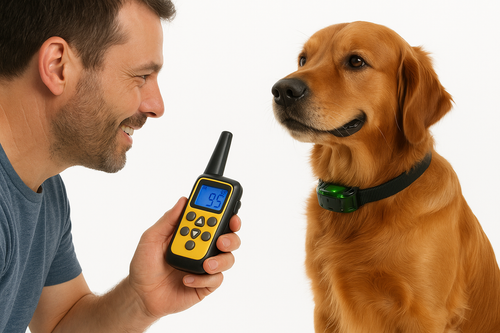Police dogs, also known as K9s, are some of the most elite and well-trained protection dogs in the world. They serve vital roles in law enforcement, military operations, and search and rescue missions. Training a police dog requires dedication, time, consistency, and an understanding of canine behavior. In this blog post, we’ll explore how police dogs are trained, what breeds are best suited for this role, and how long it typically takes to turn a puppy into a fully operational protection dog. See more training tips in our blog post here.
What Are Police Dogs?
Police dogs are specially trained canines used by law enforcement agencies to perform a variety of tasks such as:
-
Detecting drugs or explosives
-
Tracking suspects or missing persons
-
Apprehending criminals
-
Protecting their handlers
-
Searching buildings and open areas
These dogs are not just highly skilled but also obedient, loyal, and capable of making split-second decisions under pressure.
What Makes a Good Police or Protection Dog?

Not every dog can be trained as a police dog. Certain traits are essential for success:
-
Strong drive and energy
-
High intelligence and problem-solving skills
-
Stable temperament and courage
-
Excellent sense of smell
-
Loyalty and willingness to work
Best Dog Breeds for Police Work

Some breeds naturally excel in protection dog roles due to their physical and mental capabilities. Here are the top police dog breeds:
1. German Shepherd
The most iconic of police dogs, known for intelligence, agility, and loyalty. German Shepherds are versatile and can be trained for nearly all law enforcement tasks.
2. Belgian Malinois
Often used in military and elite police units. Belgian Malinois are fast, intense, and extremely intelligent. They require experienced handlers.
3. Dutch Shepherd
Less known but just as capable, Dutch Shepherds are prized for their stamina and independence.
4. Rottweiler
Excellent for guarding and protection duties. Rottweilers are strong, courageous, and naturally protective.
5. Labrador Retriever
Though not typical "protection dogs," Labs are widely used for detection tasks like sniffing out explosives or drugs.
How Long Does It Take to Train a Police Dog?

The length of training depends on the type of tasks a police dog will perform. On average, it takes 6 months to 2 years to fully train a police dog. The process often begins when the dog is a young puppy and includes multiple stages:
Puppy Selection (0–8 weeks)
Breeding and early evaluation to ensure puppies meet behavioral and physical standards.
Basic Obedience Training (2–6 months)
Training commands like sit, stay, heel, and come. Focus is also placed on leash walking and socialization.
Specialized Training (6–12 months+)
Depending on the dog’s future role, training may include:
-
Scent detection (drugs, explosives)
-
Tracking and search
-
Bite work and suspect apprehension
-
Protection and guarding
Certification and Testing
Before joining the force, dogs must pass rigorous tests that certify them for active duty.
Suggested Dog Product:
Automatic Ball Thrower For Dogs
Training Stages: From Puppy to Police Dog
Stage 1: Imprinting and Socialization
Starts as early as 3 weeks old. Puppies are exposed to different environments, sounds, and people to build confidence.
Stage 2: Basic Obedience
Teaching core commands and instilling respect for the handler. Positive reinforcement is often used at this stage.
Stage 3: Advanced Skills
Dogs begin task-specific training depending on their career path:
-
Tracking and trailing
-
Article search and retrieval
-
Controlled aggression (bite work)
-
Vehicle and room searches
Stage 4: Real-World Simulation
Training scenarios are created to mimic real-life environments: loud noises, unpredictable suspects, and high-stress settings.
Stage 5: Certification
Each dog must pass a certification test specific to its task (e.g., narcotics detection, patrol, or explosives).
Role of the Handler in Police Dog Training

The relationship between a police dog and its handler is critical. Most handlers undergo months of training themselves and often bond with the dog throughout the training process.
-
Handlers learn canine psychology
-
They are trained to issue commands and interpret behavior
-
Handlers live and work with the dogs to create deep trust
Common Training Techniques Used
Positive Reinforcement
Rewarding correct behavior with praise, toys, or treats.
Clicker Training
Used especially in early stages for marking desirable actions.
Compulsion Training
A controversial but sometimes used technique involving corrections. Always balanced with rewards.
Targeting and Scent Work
Dogs are trained to associate a specific scent with a reward or to follow a scent trail.
Are Protection Dogs Different from Police Dogs?

Yes and no. All police dogs are protection dogs, but not all protection dogs are police dogs. Protection dogs can also be trained for family protection, property guarding, or executive security.
-
Police Dogs – Trained for specific tasks in law enforcement
-
Protection Dogs – Trained primarily for defense, often in civilian settings
Life After Service: What Happens to Retired Police Dogs?
Police dogs usually retire around age 8–10, depending on their health and job demands. Once retired, they may:
-
Stay with their handler
-
Be adopted by civilians
-
Transition to lighter roles such as therapy work
Cost of Training a Police Dog
Training a fully functional police or protection dog can cost between £15,000 and £30,000, depending on the breed, training specialization, and trainer's expertise.
Can You Train a Police Dog at Home?
While basic protection training can be introduced at home, true police dog training requires professional programs, certified trainers, and sometimes police department approval.
However, if you're looking to train a dog for personal protection, many professional trainers offer private or group classes.
Summary: The Journey of a Police Dog
Training police dogs is both an art and a science. It takes time, patience, and a deep understanding of canine behavior. The result is a disciplined, loyal, and highly capable working dog who can protect, detect, and serve with incredible precision.
Whether it’s drug detection, suspect apprehension, or personal protection, police dogs and protection dogs remain one of the most valuable assets in law enforcement and security.






